Tech Tuesday: Change Connection Type on the Fly
For this week's Tech Tuesday, we share how to change the connection type on the fly by combining Tekla Structures with the Qnect connection design...
2 min read
Pearl Burgoff
:
Aug 15, 2019 11:47:35 AM
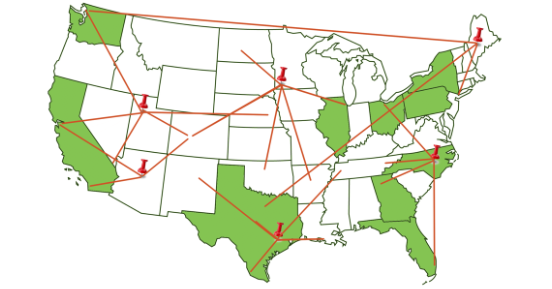
You may have seen the July 2019 headline from a Kim Slowey story in Construction Dive about the concentration of construction activity in the US. But did you know....that many of Qnect’s customers work on projects that cross state lines? Working in a Building Information Modeling (BIM) environment and using SaaS applications such as Qnect allows for project participants to be about anywhere. The results include more project opportunities and greater margins.
This trend, using technology for out-of-state projects, could and most likely will continue to make an impact. Collaboration tools, file-sharing applications and other methods make this possible; however, are these being used today in the most effective ways? Maybe even more important to answer, are the workers trained and ready to work in such an environment?
Slowey's article, combined with a more recent article (August 8, 2019) authored by Ramzi Jreidini titled, “Why an Online, Global Workforce Could be the Future of Construction” gets us closer to an answer. Jreidini claims that “the lack of available, skilled workers and professionals is one of the biggest reasons for stagnating productivity and rising construction costs, with some reports estimating cost increases of 30 percent year-on-year.”
This is a big deal when you consider that “domestically, the construction sector contributes more than 4% to annual GDP and provides jobs for more than 5% of the country's workforce.”
So going back to Slowey’s article, we see that of the more than 11,200 tracked U.S. projects, “public and private, in development and under construction — 10 states have captured about 60% of the $3.7 trillion those projects represent.” These projects don’t necessarily mean that those dollars stay in the state.
Since we know you’re asking, these ten states include, in order of project values:
So how can tech be used on projects more efficiently? Jreidini claims, “the biggest hurdle to overcome remains the industry’s lack of digitization...the fact that construction remains one of the least digitized industries on the planet, making for a system which is not optimized for employment efficiencies.”
Jreidini continues, “construction is one of the most traditional industries in the world and ingrained attitudes and ideas are tough to dislodge. Management teams and company heads will need to be flexible and teachable if they are going to change and relearn entire processes.”
Qnect provides both self-learning tools as well as 1:1 Super Service options to ensure that our customers get up-to-speed quick using QuickQnect. It's not plug-and-play software but after one or two projects, most people are using Qnect completely on their own for every project.
Even with the necessary training, providing leadership other data to prove ROI does help push the adoption forward. Qnect is able to provide ROI through reports generated in the application. In the field, the impact is not as apparent since there is often no comparable structure, in other words, most projects are unique. The erector, for example, just see this as good design work by the connection engineer when in reality it was the tool that determined that best connection.
In the end, the foundation, erection all the way to final inspection takes place in every project. These steps of course happen on site. Qnect helps during the design and pre-construction phases. Even late into the project, Qnect contributes to the project by making updates quickly, accurately keeping the project (and the dollars) on schedule.
Want to know what Qnect can do for your next project and how our customers work on projects across the USA? Contact us.
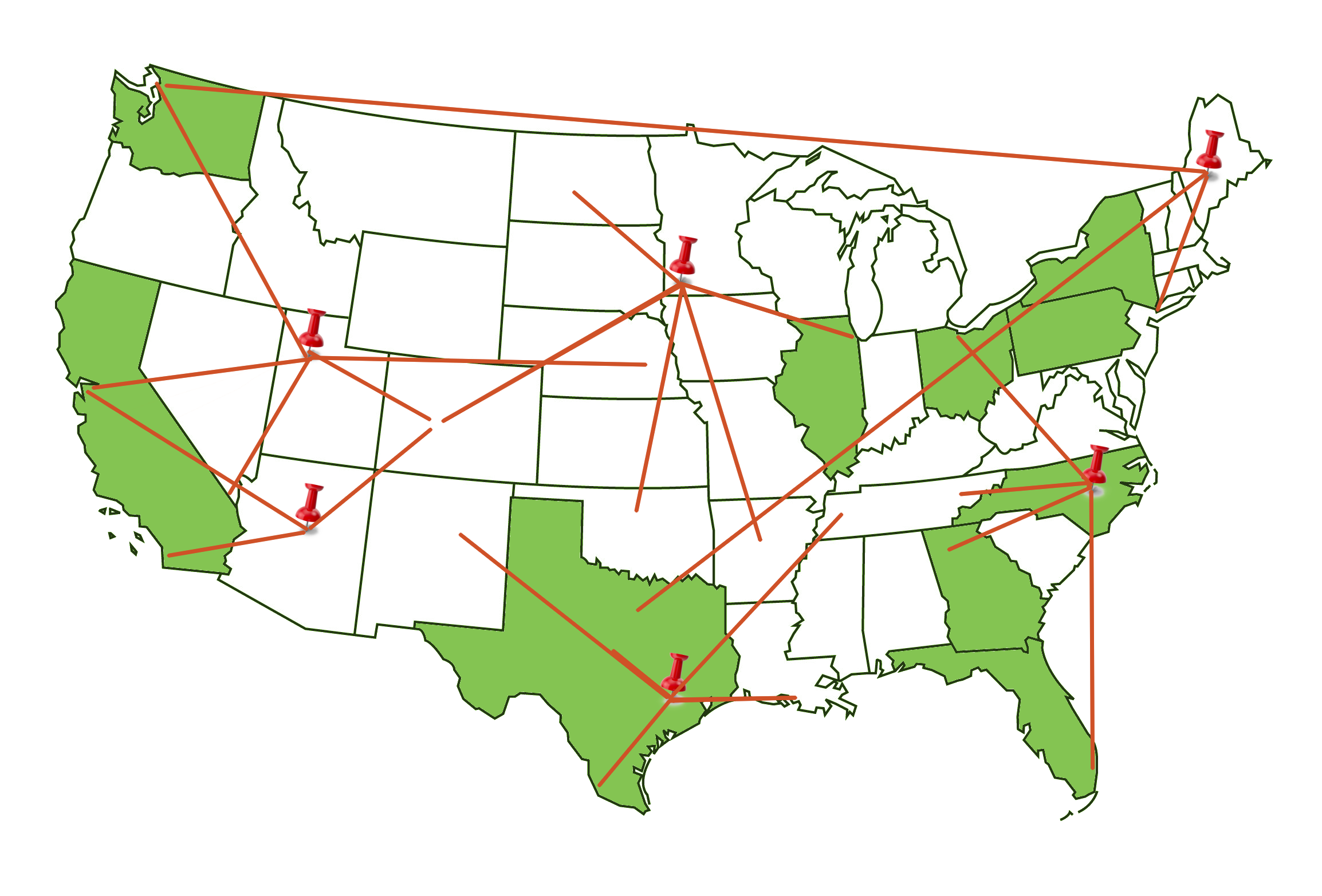
Access the Qnect app to enhance team collaboration and project efficiency. Sign in or create an account to manage communication and workflows with clarity and control.
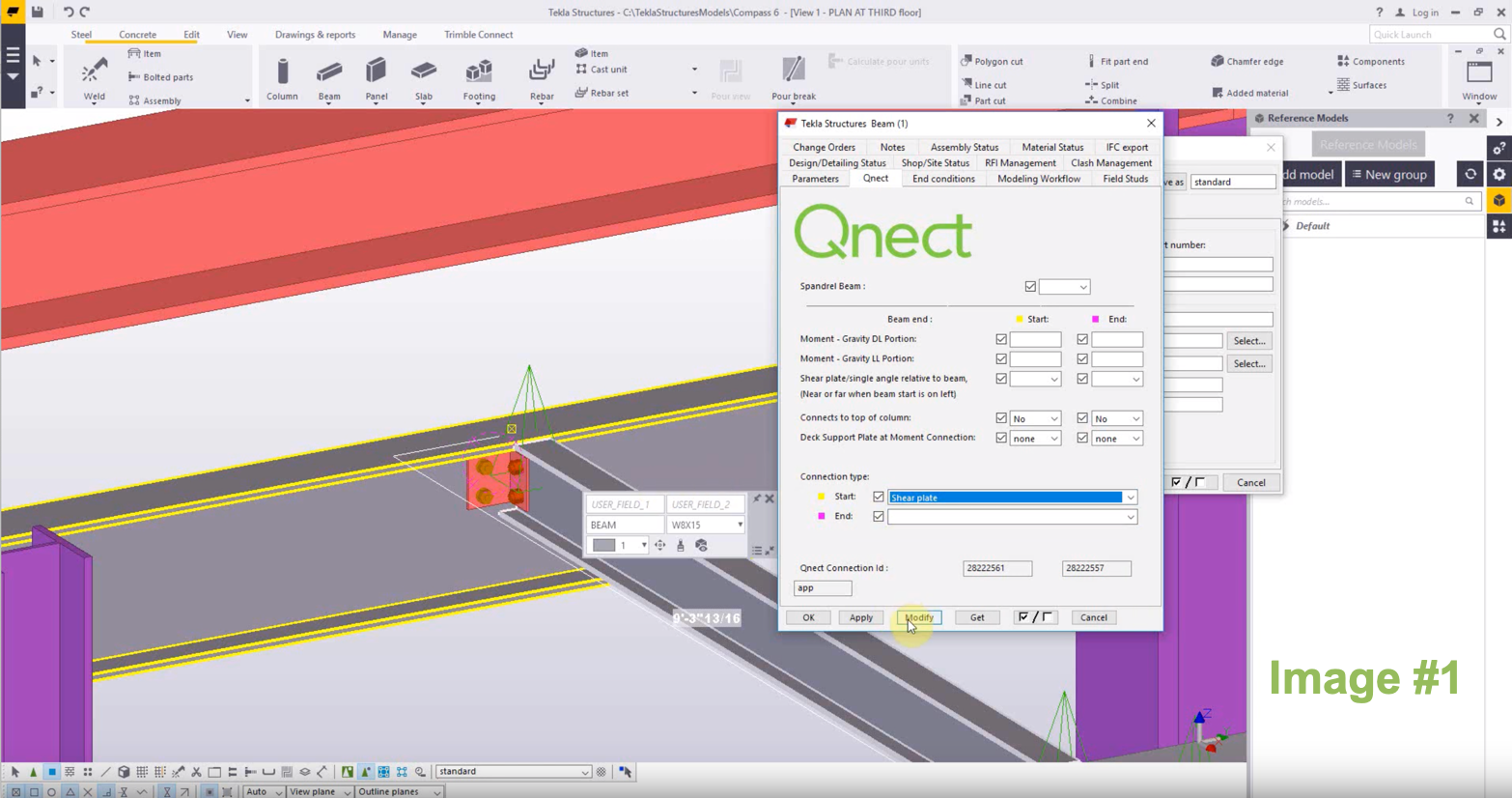
For this week's Tech Tuesday, we share how to change the connection type on the fly by combining Tekla Structures with the Qnect connection design...
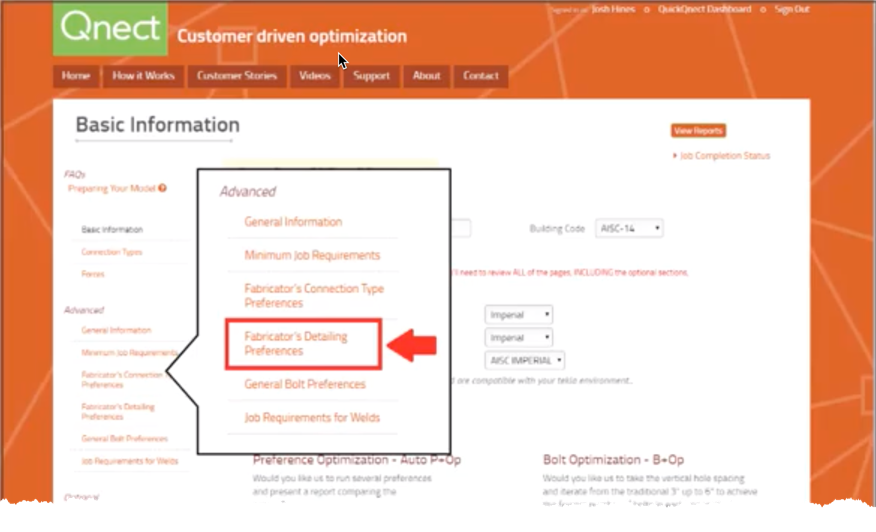
To be more specific this is a Preference Setting update that focuses on the Global Shear Plate and Single Angle Placement.
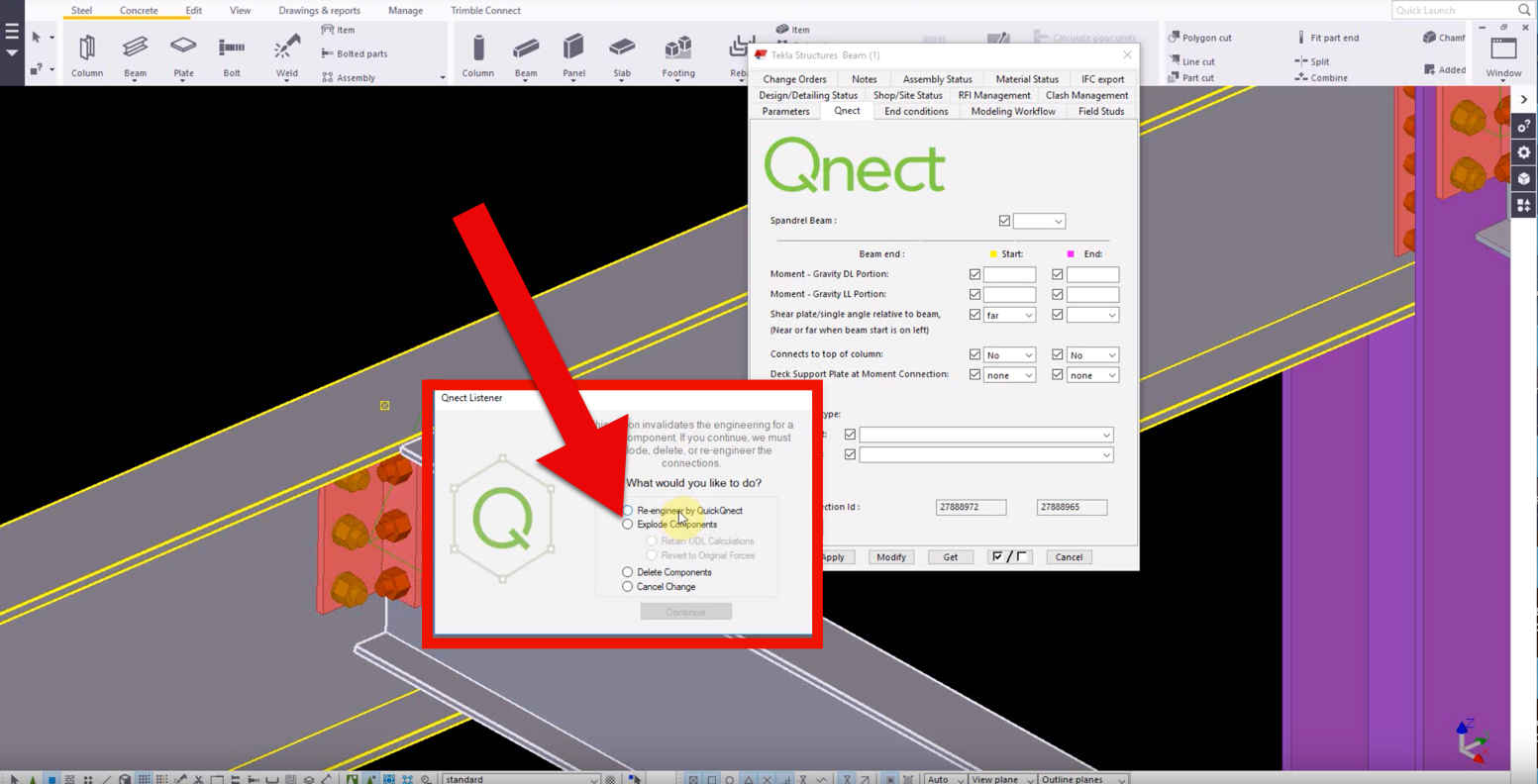
For this week’s Tech Tuesday, we’re going to learn “How To: Change A Single Angle Side in Tekla Using Qnect.” Qnect makes it easy to change the side...